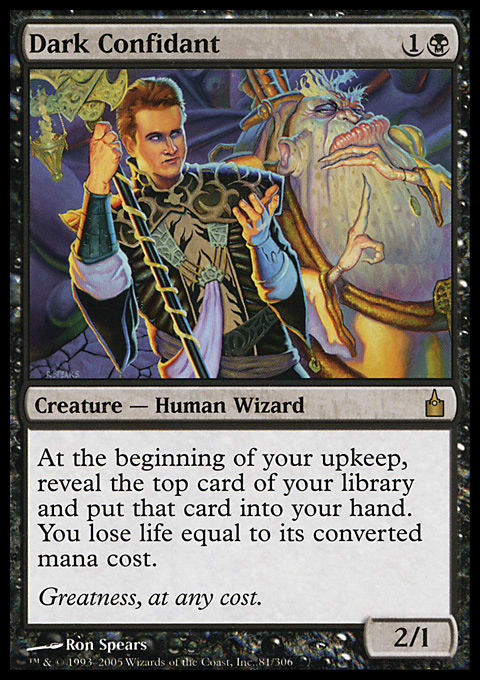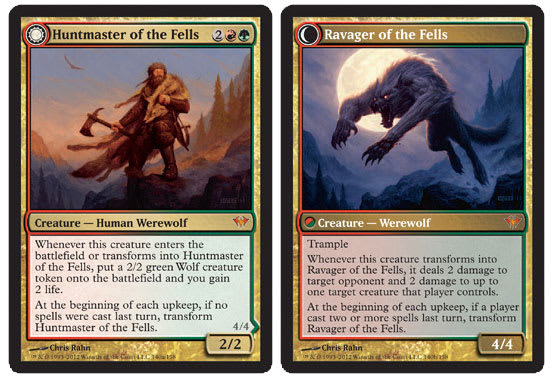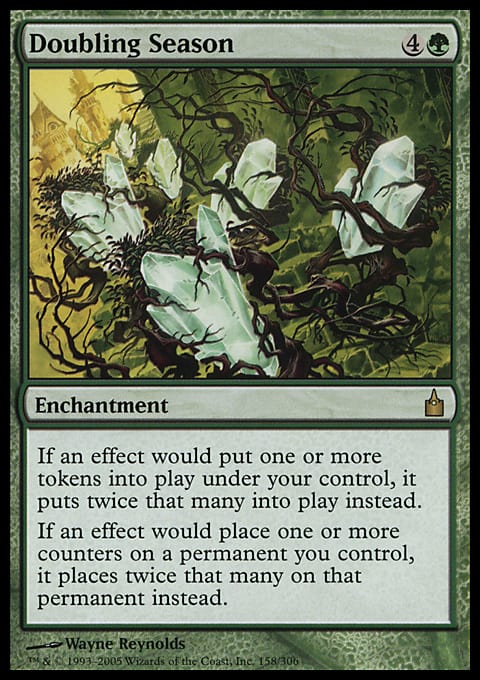Over the past few weeks, I have had an unusual amount of free time on my hands. I am normally traveling at least two to three times a month and delving into eBay and taking orders while I am home, but that has all slowed with the holiday season. This extra free time has allowed me to concentrate on some projects I have been putting off for a number of months, including a microeconomics theory book I have been working on for the better part of two years now. I don’t intend to ever publish the book given the niche market that it would pertain to, but it got me thinking about a topic that I have never covered. Similar to any market, the Magic financial market has a macro and micro model that resonates throughout the secondary scene. Since most people understand the basic concept of how the Magic financial world operates, I instead want to talk about some of these markets a little more in-depth this week and discuss how, as a new member to this community, you too can find your place.
Understanding Your Goals
The first step to any form of investing is to understand what you are looking to gain from said investment. In the case of Magic, it may vary anywhere from building a personal collection to starting a retail location. For this article, I am going to start from the ground floor and assume that you have a small personal collection that you would like to grow into a multi-format deck-building toolkit. If you are looking to instead profit from these cards, the process is much the same at this level, so these same words of advice can be used.
Finding Your Market
This part of the process is more of a personal choice than anything, but again, for this article, I will assume that you are a fairly new player whose collection comprises mostly of Standard cards. The importance of this step is to identify your strengths and weaknesses. Similar to many other micro markets, it makes sense to start with something you already have a knowledge base for. I am asked all the time how I am able to memorize so many prices and markets, and although I wish there were a secret to it, the honest truth is it just takes devotion and time. When I first started, I concentrated on the casual market since I knew most of my friends back in the day had older cards that were not Standard-legal, and these players spent most of their time playing Highlander or Emperor just to enjoy the game.
Most people looking to break into the current market will probably want to start with Standard since that is among the easiest card pools to memorize, and the stock is readily available. The downside to the Standard market is that you may find that because so many people play it, you are unlikely to be able to gain any huge collections or make any stellar trades. Incremental grinding, as boring as it may seem, is by far the best way to start since there is a very low risk of making an ill-advised trade because you don’t know the numbers.
If you find yourself more comfortable within another market, such as Commander or Legacy, and you know you have a readily available card stock to begin grinding, feel free to use that plan in place of Standard. The true key is just to make sure you know whatever market you are looking at and both have enough of a local scene to move the cards and enough people looking to sell cards to keep you stocked.
Understanding why you want to select a market may make no sense at first since you are often just leaving money on the table if you trade with people who have diverse collections, but in the end, it will keep you from being burned. The markets operate on very different premises, and though by no means do I encourage you to turn down a deal if you can find one, I am just stating that staying within your market of choice until you feel you are ready to expand is usually the best way to start.
Understanding Your Market
Once you have figured out where you are looking to concentrate, it is time to begin doing some research. In the case of Standard, I suggest pulling up multiple price guides and finding the trends and differences between each. For example, the retail number may be very different than the TCGplayer number or the eBay number for some cards, but it may be the same or even slightly lower on others. Learning what cards fill into each of these categories will allow you to trade at “even” value while still incrementally growing your stock. To give you an example:
Huntmaster of the Fells
StarCityGames: $24.99
TCGplayer mid: $26.46
eBay: $23 to $24 BIN Completed
As you can see, the retail number in this case is actually lower than the TCGplayer mid, which probably means the market will be trending upward in a short time. If I were able to pick up Huntmasters while trading with someone who was using SCG or another retail site and then trade them away to someone willing to use TCG mid, I would be able to net an immediate gain. eBay is typically a good indicator of what a card is actually selling for outside of the retail market, and given how close the margin is here, I would say that is another indicator that Huntmaster of the Fells is both trending forward and a fine pickup in trade at retail.
Doubling Season
StarCityGames: $29.99
TCGplayer mid: $24.48
eBay: As low as $12, but average BIN completed at $20
Looking at a card such as Doubling Season, we can see a completely different story than Huntmaster of the Fells. Although there are other factors in play here for pure price purposes, we will look at these two in a trade. If you had a Doubling Season and were looking to acquire a Huntmaster of the Fells, it would be in your favor, as the numbers show to use a retail outlet when looking up prices. In this case, you would not only net the Huntmaster but also another $5 in value. If you had used TCGplayer, not only would you gain no value, you would actually owe your trade partner a few dollars, and eBay is an even worse story for your binder.
Learning these price discrepancies , whether it be within Standard or across markets, is a huge step forward in understanding how to gain value in today’s day and age of smart phones and iPads. This is not to say that you need to memorize every card individually, but instead, spend some time doing research before Friday Night Magic or a major event and familiarize yourself with the high-end cards in your binder that you know people will be seeking, and then search for any other cards in the format that may be good pickups, such as Deathrite Shaman and Huntmaster of the Fells.
Keeping up with Change
The last part of this process I want to cover this week is how to manage your market when card prices change. Standard can be a very volatile market to say the least, but that is why I believe it is important to devote yourself to a singular market—if you spread yourself too thin, you may find yourself overwhelmed in the long run.
The easiest way to keep up with change is to follow metagame analysis. Before Wizards of the Coast abolished the Magic Online coverage, that was a very good tool to keep up with the advancing metagame. Now that the online tool is gone, I believe it is even more important to concentrate on weekly results via TCGplayer, SCG, and Grands Prix. Keeping a constant eye on the changing environment will allow you to stay a step ahead of the average player and pick up your cards before they spike—whether it be for play stock or trades.
Wrapping up the Basics
Now that you have an understanding of what it takes to use your current collection as a tool for future growth, I encourage you to check in the next few weeks as I dive deeper into the subject and begin talking about cross-market changes as well as how to further advance beyond the basics. If there is anything you would like me to cover more in depth or you feel would be a useful tool that I may have skipped over, please leave a comment or send me a tweet. I want to make sure everyone understands the basics of this trade process before I move into the more advanced mechanics in this industry.
Thank you for reading as always, and as always, feel free to contact me with any questions you may have in regards to this article or trading in general.
Ryan Bushard

























